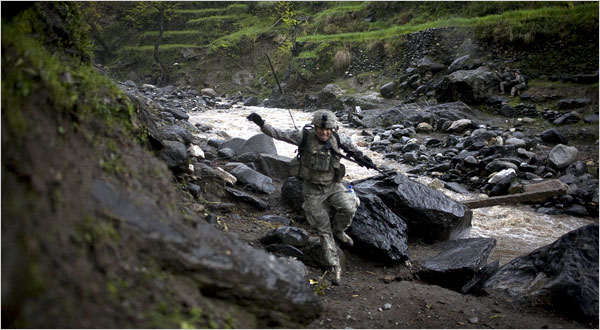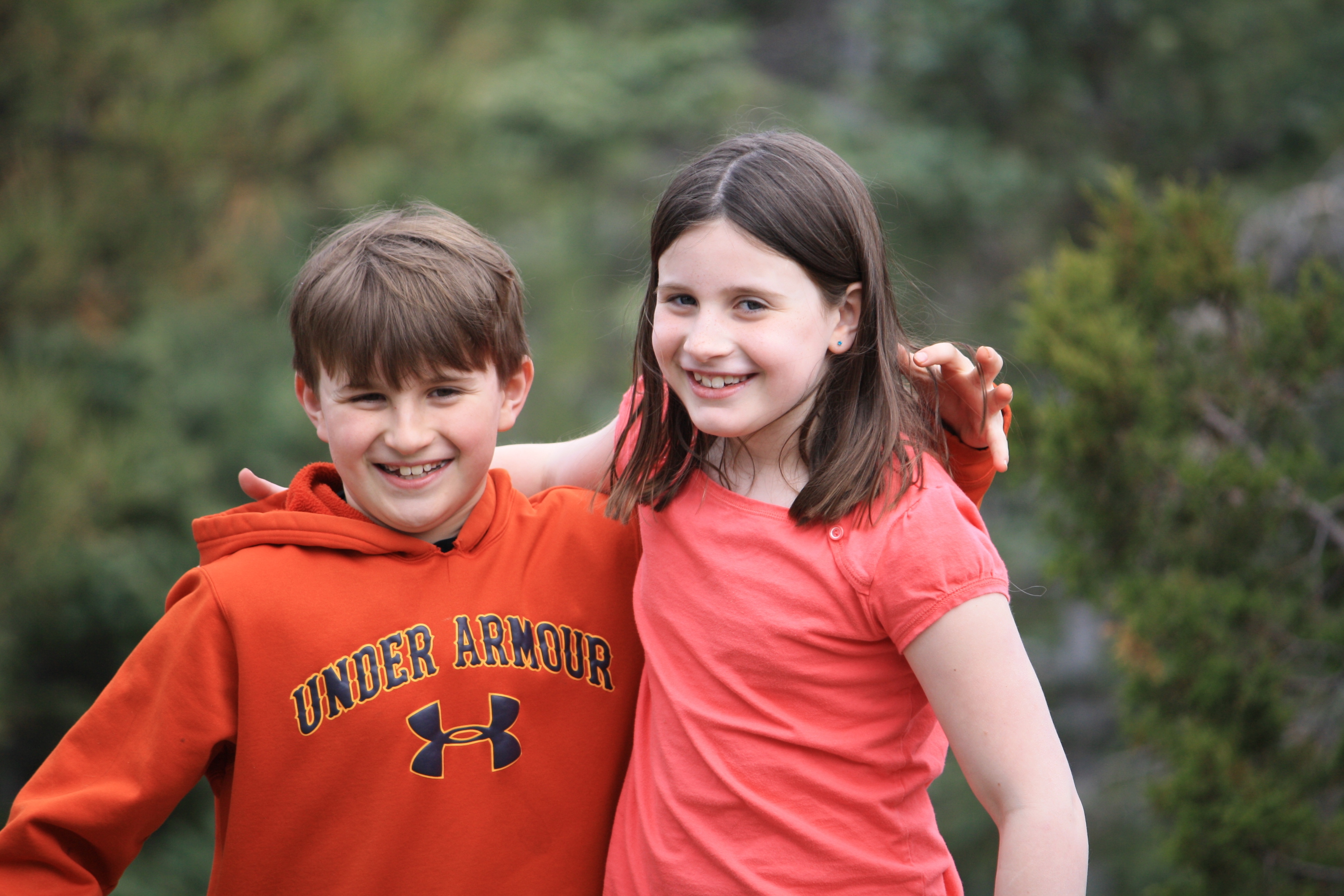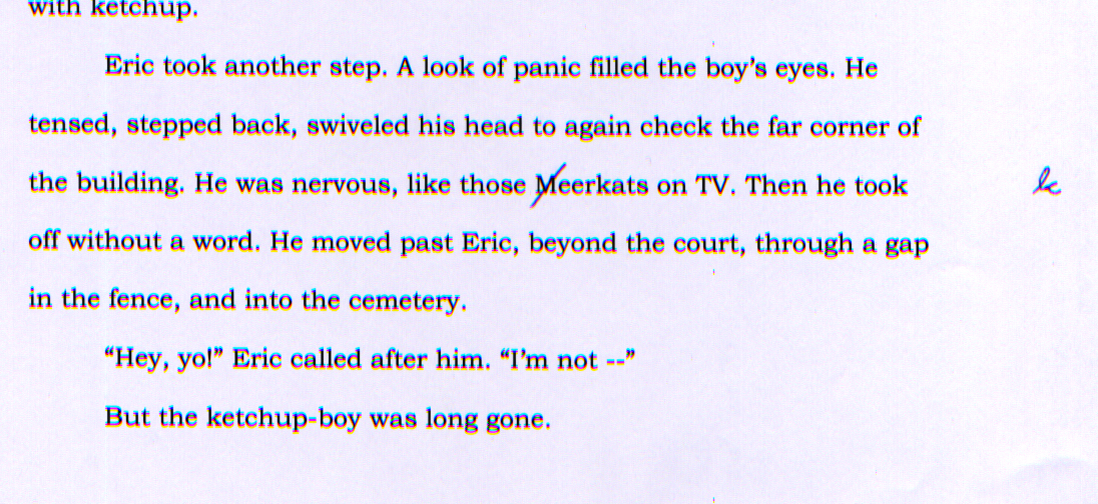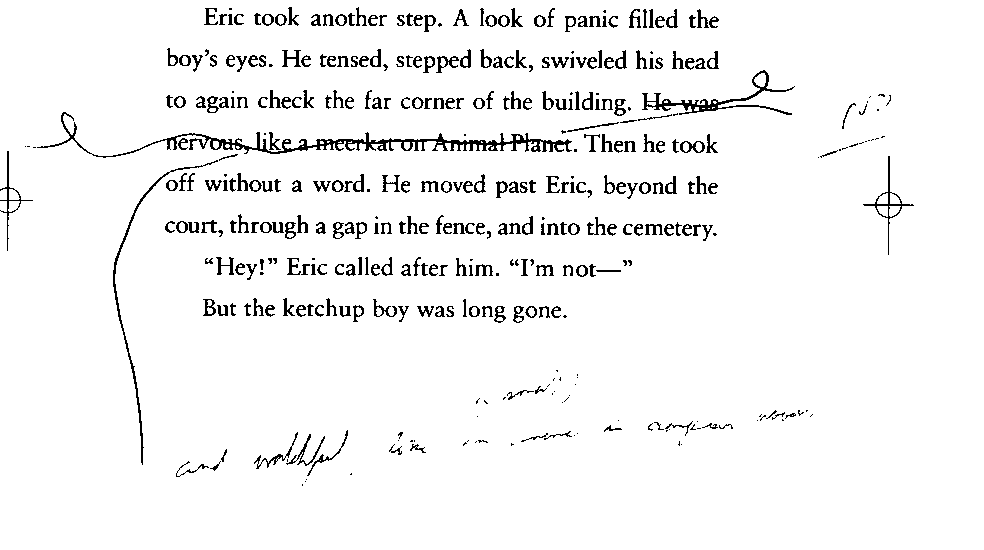It’s Tuesday the 21st, and I’m back at the desk, working under a deadline. I have to admit that I’m not in Full-On Blogger Mode — it’s like I’ve forgotten how — but here’s what’s up exactly now.
I’m still stunned by yesterday’s cover article in The New York Times, written by C.J. Chivers.
A tense, dramatic, tautly-written account of an ambush in Afghanistan, it struck me as such a different kind of article than I remember seeing before. Maybe I’m wrong, but my sense is that after years of regulations that attempt to control war coverage, perhaps now there’s a new openness about war reporting. Could that be true? Regardless, this article signaled to me that there was a shift of some kind. I applaud this article, the courage of the reporter, and the Times by putting this story front and center, above the fold on page one. It’s too easy to forget that we’re at war, that young men are killing and dying, that there’s a cause and a cost. By all means, read the story.
I did a school visit recently, where I spoke with approximately 400 6th-grade students. In part, I focused on my upcoming book, Bystander, which centers on bullying and its effect on five main characters: Dylan, Griffin, Mary, David, and Cody. The idea for the opening scene was inspired by a piece of information I picked up on Columbine and ketchup packets. If only for myself, I needed that allusion echoing through my book. When I asked the students if they’d ever heard of Columbine, only two hands were raised. I guess that surprised me. After all, that event changed our schools forever. Just the other day I was in an elementary school when they had a “lock-down drill,” you know, because there’s “a wild animal loose in the school.” I imagine my second-grade daughter, Maggie, picturing a deer skidding through the halls, like a clown in socks.
Anyway, this new book, Columbine by Dave Cullin, is at the top of my reading list. The cover designer for the book, Henry Sene Yee, recently posted a detailed account of how he arrived at that remarkable, understated, haunting cover. Fascinating.
On a different note, Elizabeth Bird at Fuse 8 continues to deliver great content at a reasonable price (free). She’s been counting down the top 100 picture books of all-time (based on a readers’ poll), and if you haven’t gotten over there, it’s a real treat.
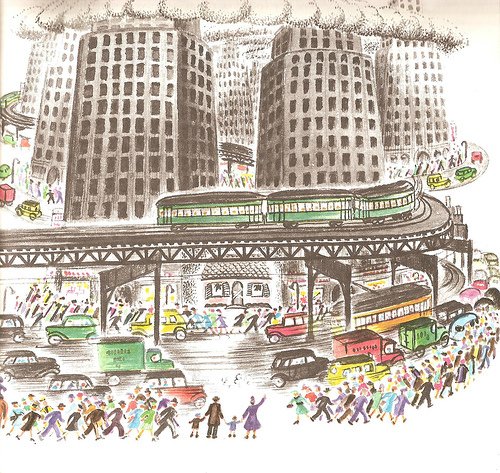 Art from Virginia Lee Burton’s, The Little House.
Art from Virginia Lee Burton’s, The Little House.
Elizabeth isn’t just providing another tired list, she’s doing research, showing artwork and videos, clips from reviews, and personal commentary. It makes you want to go back and read those books all over again; and in some cases, discover the few that somehow fell through the cracks.
Lastly, a few shots of Canyon de Chelley, Navajo land, in Arizona near the New Mexico border, another one from Taos Pueblo, one from Mesa Verda, and a couple of shots of people who came along for the ride. It was a great vacation/adventure.

